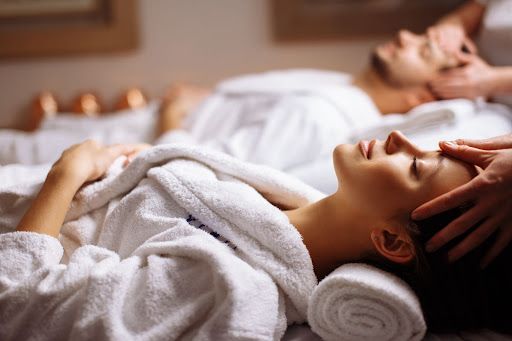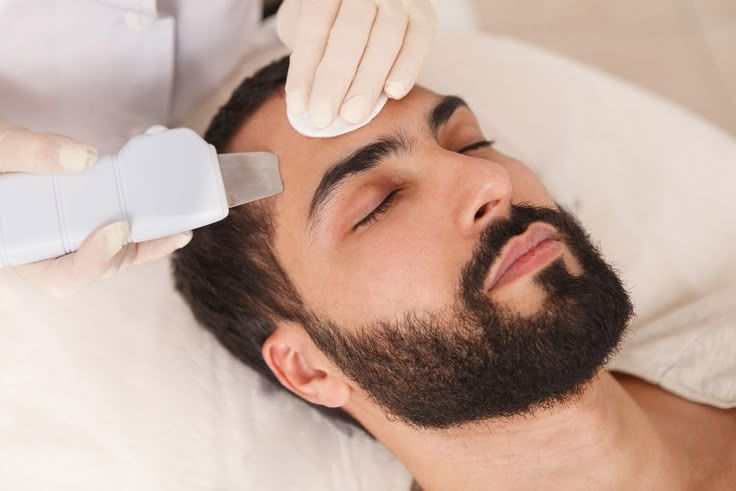Pros And Cons Of Facial Massage
Sun Exposure
If you suffer from tension headaches, then facial massage can be a great way to relieve some of the pain. The massaging action can help to loosen up the muscles in your face and neck, which can lead to less pain overall.
Facial Massage Can Improve Blood Circulation and Help to Increase the Oxygen Levels in Your Skin
One of the main benefits of facial massage is that it can help to improve blood circulation. This, in turn, can help to increase the oxygen levels in your skin and make it look more radiant. It can also help to reduce puffiness and inflammation.
Facial Massage Can Help to Reduce the Appearance of Wrinkles and Fine Lines
As we age, it is natural for our skin to start to lose some of its elasticity. This can lead to the formation of wrinkles and fine lines. Facial massage can help to reduce the appearance of these signs of aging by stimulating collagen production.
If you are going to use facial massage as a way to reduce the appearance of wrinkles, then it is important to be consistent with your treatments. Massage your face for at least five minutes every day and you should start to see a difference within a few weeks.
Cons Of Facial Massage
There are a few potential drawbacks that you should be aware of before you start massaging your face on a regular basis.
- First of all, it is important to make sure that you are using a gentle touch. If you massage your face too hard, then you could damage your skin. This could lead to bruising, redness, and even inflammation.
- It is also important to be aware that facial massage can sometimes cause temporary breakouts. This is because the massaging action can stimulate the production of oils in your skin. If you are prone to breakouts, then you may want to consider using a light oil or lotion instead of coconut oil or almond oil.
- Finally, facial massage can sometimes be uncomfortable. This is usually due to the fact that people are not used to having their faces touched in this way. If you find that the massage is causing you discomfort, then you can stop at any time.
Overall, facial massage can offer many potential benefits. However, it is important to be aware of the potential drawbacks before you start using this technique on a regular basis. If you have any concerns, then make sure to speak to a dermatologist or skincare specialist. They will be able to advise you on whether or not facial massage is right for you.
Have you ever tried facial massage? What were your thoughts? Let us know in the comments below!







